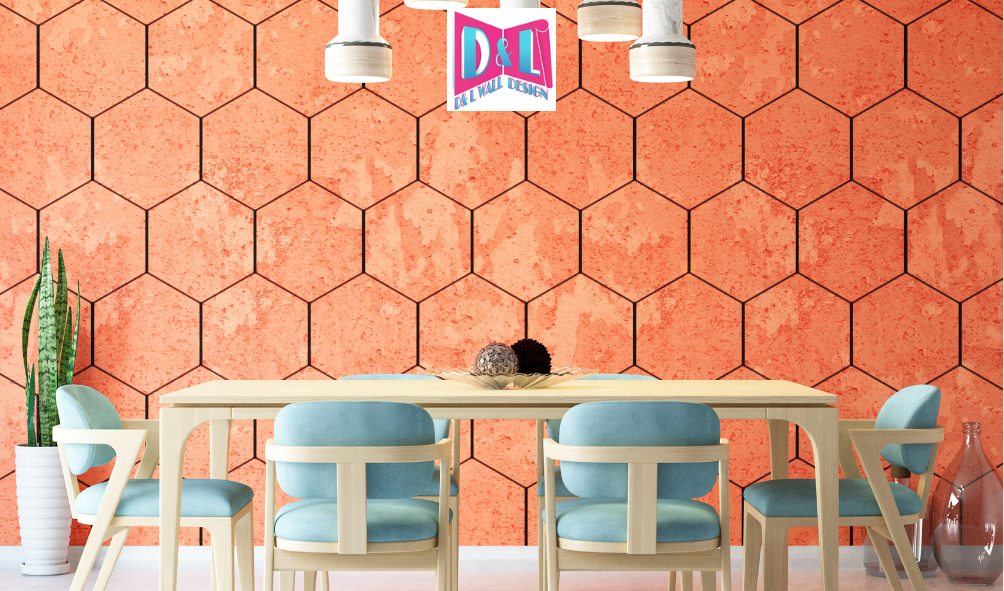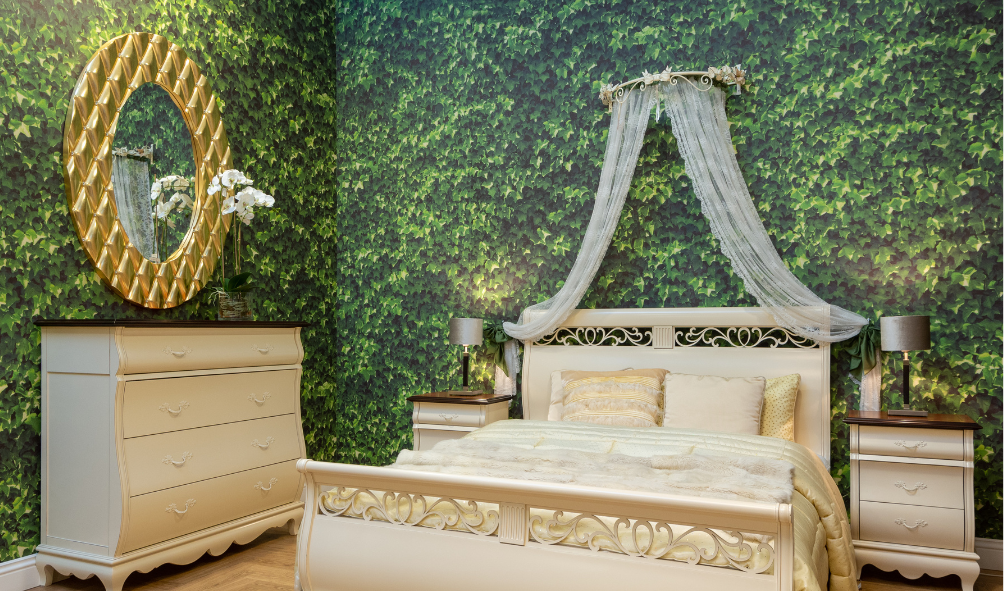Understanding Digital Murals: An Introduction
Digital mural installations are an innovative approach to art and design, blending traditional mural techniques with modern digital technology to create immersive and dynamic visual experiences. Unlike their static predecessors, these murals leverage digital tools and platforms, allowing artists to create works that can change over time, interact with viewers, or even include multimedia elements like sound and light. This incorporation of digital elements introduces a new layer of versatility, enabling the artwork to evolve and respond to various stimuli, offering viewers a more engaging experience.
Artists can utilize projection mapping, LED displays, and other digital mediums to craft murals that are not limited by physical constraints, allowing for greater experimentation and creativity. These installations can cater to a wide array of environments, both public and private, transforming spaces into vibrant canvases that captivate and connect with audiences. As society becomes more technologically driven, digital murals serve as a reflection of the merging of art with technology, presenting a contemporary way to communicate messages and emotions through a blend of digital prowess and artistic sensitivity.
The Technology Behind Digital Murals
Digital mural installations blend art and technology to create dynamic and immersive experiences. At the core of these installations is sophisticated projection technology, which allows artists to project vibrant images onto large surfaces. High-resolution projectors are typically used to ensure sharp, clear visuals that can cover entire buildings or expansive indoor spaces. These projectors are often connected to computers running specialized software that coordinates the imagery’s display, enabling precise control over color, movement, and timing.
Artists use tools like 3D modeling and animation software to design intricate and engaging scenes that can be seamlessly integrated into real-world environments.
LED displays are another common technology used in digital murals. They offer a versatile platform that provides high brightness and vivid colors, suitable for both indoor and outdoor settings. Unlike traditional projection, LEDs can operate in a wider range of lighting conditions, making them an attractive option for areas exposed to ambient light.
Interactive elements often enhance digital mural installations, achieved through sensors and cameras that respond to viewer movements or other stimuli. These technologies create an engaging, participatory experience, transforming passive observation into active interaction and drawing the audience further into the narrative being told.
Key Differences Between Traditional And Digital Murals
Digital mural installations represent a modern evolution of traditional mural art, incorporating technology to create dynamic and interactive visual experiences. One key difference between traditional and digital murals lies in the materials and methods used. Traditional murals are created using physical mediums like paint, brushes, and large wall surfaces, often requiring significant time and labor to complete. In contrast, digital murals are designed using computer software and can be displayed through projectors or LED screens, allowing for a more flexible and less labor-intensive creation process.
This technological approach facilitates the incorporation of movement, light, and even sound, transforming static images into immersive experiences.
Another distinction is the potential for interactivity in digital murals. Unlike traditional murals that remain unchanged once completed, digital versions can respond to viewer interaction through sensors and cameras, altering images or sound accordingly. This interactive element not only engages audiences but also allows for ongoing updates and changes to the artwork. Lastly, digital murals offer easier dissemination and replication compared to traditional murals, which are fixed in one location.
Digital files can be shared and displayed across multiple venues, expanding the reach and impact of the artwork beyond geographical constraints.
Benefits Of Digital Mural Installations
Digital mural installations offer a unique and dynamic way to enhance public and private spaces, blending traditional art with modern technology. One of their primary benefits is the ability to transform environments without the permanence or logistical constraints of traditional murals. These installations can be updated or changed entirely without the need for physical alterations, allowing for flexibility and creativity in design.
Their adaptability enables spaces to reflect different themes, moods, or events, fostering engagement and keeping the ambiance fresh and current. The use of digital mediums also allows for interactive elements, encouraging audience participation and creating a more immersive experience. This interactivity can draw more visitors and increase dwell time, which may be especially beneficial in commercial settings. Digital murals can incorporate a range of multimedia elements, such as sound and animation, providing a multisensory experience that captivates attention and enhances storytelling potential.
Additionally, the digital format allows for remote management and control, reducing maintenance costs and enabling easy updates. Overall, digital mural installations offer an innovative, cost-effective, and engaging way to beautify spaces and captivate audiences.
Applications And Settings For Digital Murals
Digital mural installations are an innovative fusion of art and technology, providing endless possibilities for creative expression across various applications and settings. In urban environments, they transform cityscapes by animating building facades, transforming mundane structures into dynamic canvases that captivate passersby. In corporate settings, digital murals can be harnessed to create immersive brand experiences, enhancing the aesthetics of lobbies or meeting rooms by projecting company narratives, values, or abstract art forms that evoke inspiration and creativity among employees and visitors.
Educational institutions can employ digital murals within campuses to foster a stimulating learning environment, using interactive features to engage students directly with educational content or to display student artwork in a contemporary medium. Museums and galleries stand to benefit uniquely from digital murals, offering visitors innovative ways to experience art, historical reenactments, or cultural storytelling through interactive or time-based exhibits. In residential spaces, digital murals can be personalized to reflect homeowner tastes, serving as dynamic wallpaper that can change with the seasons or moods.
In event spaces, they enhance the ambiance, providing customizable backdrops that elevate the thematic experience of weddings, conferences, or concerts, thus seamlessly integrating art into everyday life.
Future Trends And Innovations In Digital Murals
As technology continues to evolve, digital mural installations are poised to undergo significant transformations, reflecting broader trends in art and technology. In the future, we can expect to see digital murals incorporate more interactive elements, allowing audiences to engage and interact with art in dynamic ways. This could include touch-sensitive surfaces or augmented reality components, where viewers can use their smartphones or other devices to enhance their experience and uncover layers of information or animation embedded within the mural.
Additionally, as artificial intelligence becomes more sophisticated, artists might use AI tools to create murals that evolve and change over time, responding to environmental factors, audience interactions, or even data feeds. The integration of blockchain technology may also emerge, especially in terms of art authentication and ownership tracking, which could redefine how digital murals are commissioned and sold. Finally, advancements in projection and display technology will likely allow for larger, more vibrant, and flexible installations, possibly transforming entire facades of buildings into living canvases.
As these trends develop, digital murals will continue to push the boundaries of what is possible in contemporary art, making them an increasingly integral part of urban landscapes.
For the best, hassle-free wallpaper mural installation, hire a reliable wallpaper contractor in Miami such as D&L Wall Design to help you create a stunning space. Contact D&L Wall Design at 786 389-3914 for a FREE consultation today!






